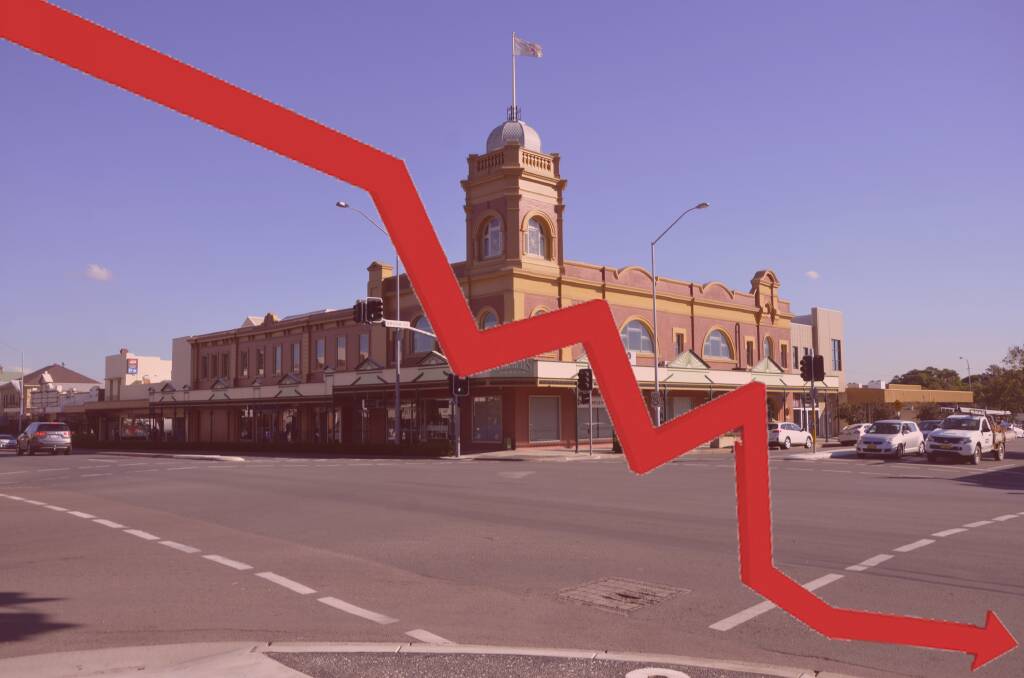
THE Hunter Research Foundation (HRF) has delivered a blunt message for the Upper Hunter - we're not suffering worse than others, but we're also far from immune.
Subscribe now for unlimited access.
$0/
(min cost $0)
or signup to continue reading
At an economic breakfast on Wednesday, HRF's lead economist Anthea Bill revealed that much like other regional areas, the district is for the most part following the trends of major cities, albeit in a delayed fashion.
While there were positives and negatives throughout the presentation, one of the most promising statistics was that of employment in the Hunter Balance (Port Stephens, Cessnock, Maitland, Muswellbrook, Dungog, Singleton and Upper Hunter), which increased by 5.8 per cent from January to June 2019.
This is comfortably higher than the state-wide growth of 2.2 per cent, although is still lower than the peak which was seen in September last year.
Unemployment has understandably dropped as a result, which Dr Bill addressed at the morning's conference.
"It seems to be holding steady and declining just a little bit, they're sitting low at just 4.9 per cent, just above the state rate which is a historic low of 4.5 per cent," she said.
She did, however, admit this was slightly diluted by a large increase in part-time jobs, which is leading to a rise in underemployment, where people are unsatisfied with their amount of working hours.
This, in turn, is affecting consumer spending which led to one of the most damning statements made, which is that "the retail sector is flat-lining".
"Significantly fewer Upper Hunter businesses, on balance, are now reporting that their performance is improving than did a year ago," stated an HRF report.
On a more encouraging note, there is an expectation within households that their spending will increase in the near future.
Long-term and short-term business confidence did rise moderately, a trend that was not the case in 2018, however hiring is still expected to decrease in the coming months.
Speaking of decreasing, that's exactly what the housing market is doing with Muswellbrook and Singleton leading the charge, dropping prices by approximately 3 and 2 per cent respectively.
However, according to Dr Bill, this is very much just a late reaction to the highly-publicised property bubble burst in major cities along the eastern seaboard, namely Melbourne and Sydney.
"That's [local price drops] not inconsistent with what's happening in the Hunter region more broadly, and that's really a lag from what's been happening in the capital city housing markets," she said.
"The Hunter region has lagged capital city housing markets on the way up, and now it's lagging them on the way down, and that's possibly crept into the Upper Hunter as well."
Housing approvals were a highlight in the area, bucking the state trend to rise by 12 per cent.
Between these factors, and thermal coal price projections softening in 2019, HRF revealed a somewhat melancholy outlook on the region.
"Business and household confidence in the regional economy over the next 12 months fell sharply in the first half of 2019," the report said.
"The level of business confidence has reverted to its 2015 value [during the wind back in mining capital expenditure], and business confidence in the regional economy over the short-term also deteriorated.
"For households, the number of optimists only just outweighs the number of pessimists.
"In the short-term outlook, households who are pessimists now outnumber households who are optimists."

